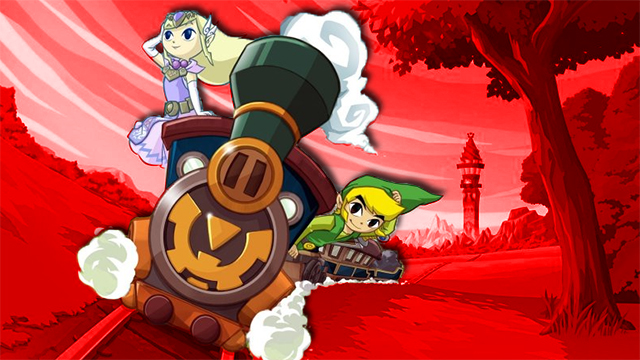Nearly every game in The Legend of Zelda series has been critically acclaimed (beyond the cursed CD-I titles that we have collectively tried to forget about), but only a select few get brought up in discussions of the best Zelda game. That honor is typically reserved for the like of Ocarina of Time, A Link to the Past, A Link Between Worlds, and Breath…

Atlas is an action-rpg with rogue-like elements where you use your ability to control the ground to fight the enemies and move through procedurally generated worlds.










